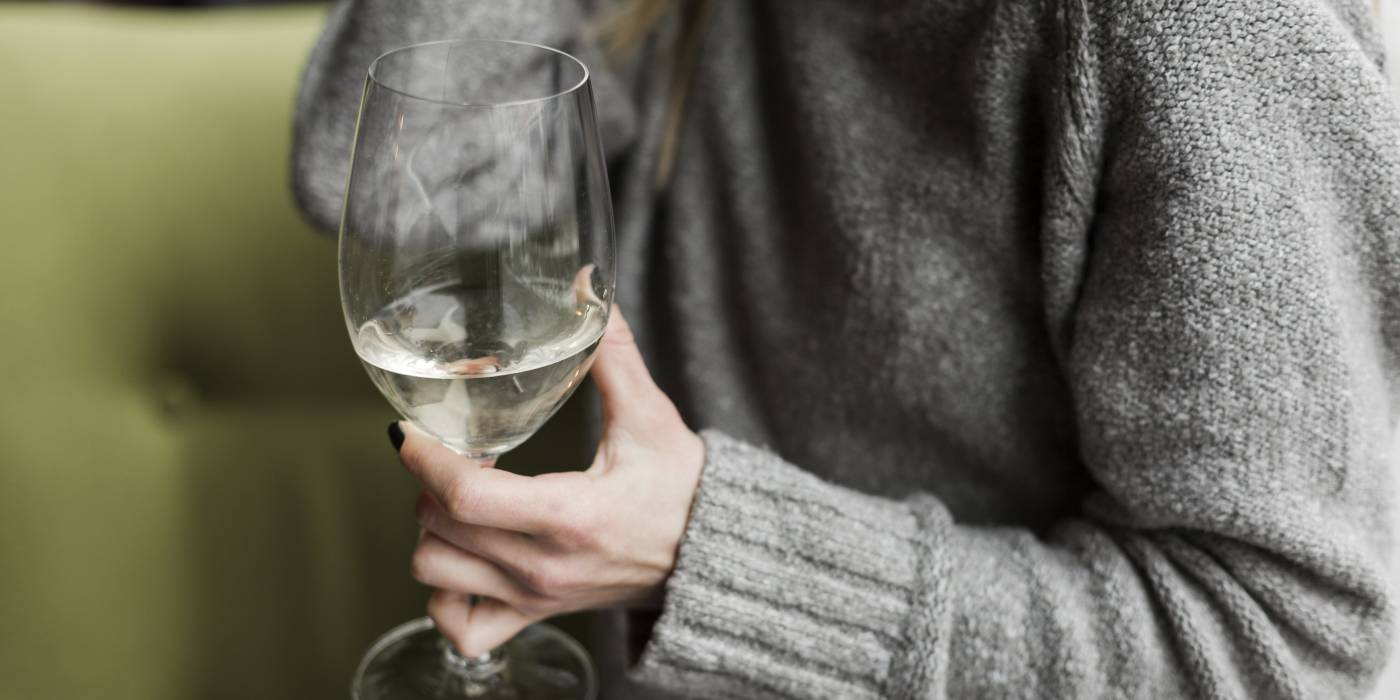Some wonderful wines can be produced in even the most extreme climates. Now is the time to discover icewine. This type of wine, considered a treasure in the wine world, is obtained by using grapes that have naturally frozen while still on the vine. Would you like to know how they are made and how to enjoy them? Carry on reading.
What is Icewine?
Icewine, or “Eiswein” (as it is known in Germany) is sweet wine made from grapes that have naturally frozen while they are still on the vine. Unlike other sweet wines, no extra sugar is added and the grapes are not previously dried. Freezing allows extracting a must that has a higher concentration of sugar and flavour, leading to a sweet wine with balanced acidity.
Production is extremely delicate and it depends on specific weather conditions. We are going to explain how these wines are made, step-by-step:
High acidic grape varieties are used, that are well balanced in order to avoid excessively sweet wines. The most common varieties are Riesling, Vidal, Gewürztraminer and Grüner Veltliner, although Chardonnay or Cabernet Franc grapes can be used for red wines.
A cold, stable climate is required, with temperatures ranging between -7ºC and -10ºC, to ensure natural freezing of the grapes without premature drying. The grapes are harvested late in the season, between November and January, when the temperatures fall below freezing point. The grapes are hand-picked during the early hours of the morning or at night to prevent them thawing.
The water contained in the grape pulp remains frozen, while the sugars, acids and aromatic compounds are concentrated in the must. The grapes are pressed while they are still frozen, which allows only extracting the most highly concentrated must, leaving the water crystals in the marc. This must has a very high sugar concentration (between 180 and 320 g/l) and is highly acidic, which will eventually set off the sweetness of the future wine.
Harvest yields are very low: From 100 kg of frozen grapes, less than 20% must is obtained, which makes production expensive.
Due to the high sugar concentration, fermentation is slow and can last for up to 2 months. It ends naturally or can be controlled, leaving a high amount of residual sugar and a moderate alcohol content (9-12% vol).
It does not require barrel ageing, since its natural balance between sweetness and acidity is sufficient. The wine is usually bottled in small bottles (375 ml), because of its exclusive nature and high production cost. These wines can evolve for decades in the bottle to develop more complex notes of honey, nuts and caramel.
What is Icewine like?
These wines are creamy and glyceric, with a velvety texture and a bouquet reminiscent of tropical fruit (mango, pineapple, passion fruit), honey, citrus fruits and also with some floral notes.
Where is the best Icewine produced?
This winemaking process is only possible in regions with cold winters where the grapes freeze naturally, such as:
- Germany and Austria: The cradle of “Eiswein”, with varieties such as Riesling and Grüner Veltliner.
- Canada: Especially in Ontario, where Icewine is made from Vidal grapes, and has become world-famous.
- United States: Regions such as New York produce some excellent versions of this wine.
- Central and Eastern Europe: Hungary and Slovenia also stand out for their Icewine.

Icewine is one of the most exquisite and difficult to produce products in the winemaking world. Production requires extreme conditions and attention to detail, ensuring strict control in every stage of the process. Thanks to the perfect combination of its natural sweetness and vibrant acidity, drinking this wine is a unique experience for the senses.
So now that you know the secrets behind making this wine, why not try it?
How to enjoy Icewine
Although Icewine is naturally sweet, its balanced acidity sets off the sweetness to avoid them being overly sweet. The following tips will help you make the most of them:
- Serve at the right temperature: Well chilled, at between 6º and 8ºC is ideal, making sure not to freeze the wine so that it doesn’t lose its flavour and bouquet.
- The right glass: Use small white wine glasses or liqueur glasses to enjoy the complexity of this wine in small quantities.
- Perfect pairing: Blue cheeses such as Roquefort or Stilton, citrus fruit desserts or orchard fruits such as apple or mango pie, foie gras pâté and nuts, for a spectacular contrast.
Drinking icewine is an unforgettable experience. If you haven’t tried it yet, take the plunge and immerse yourself in the world of these unique wines.








